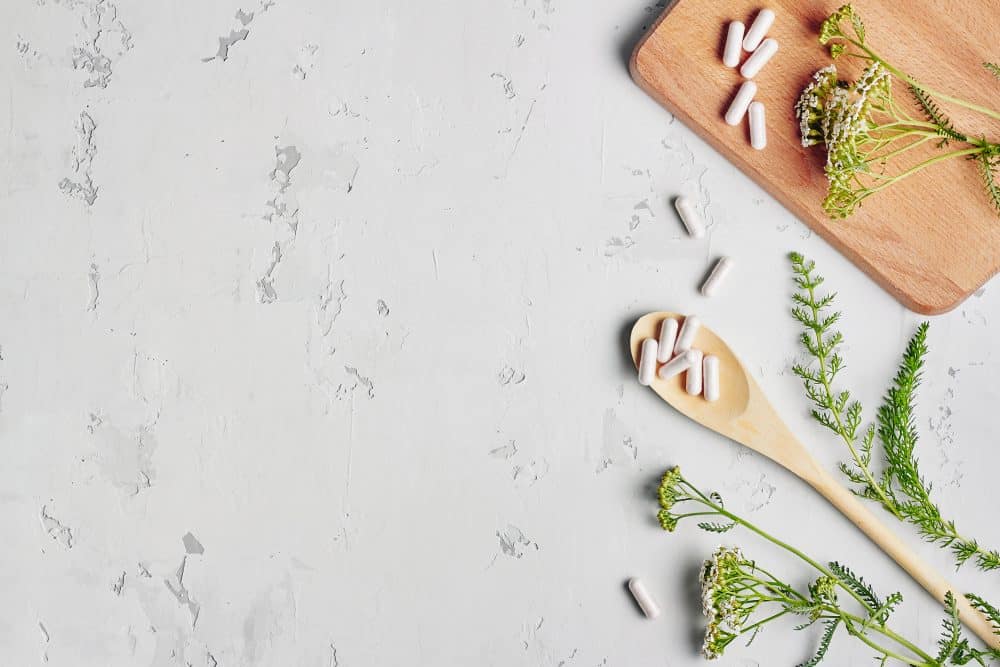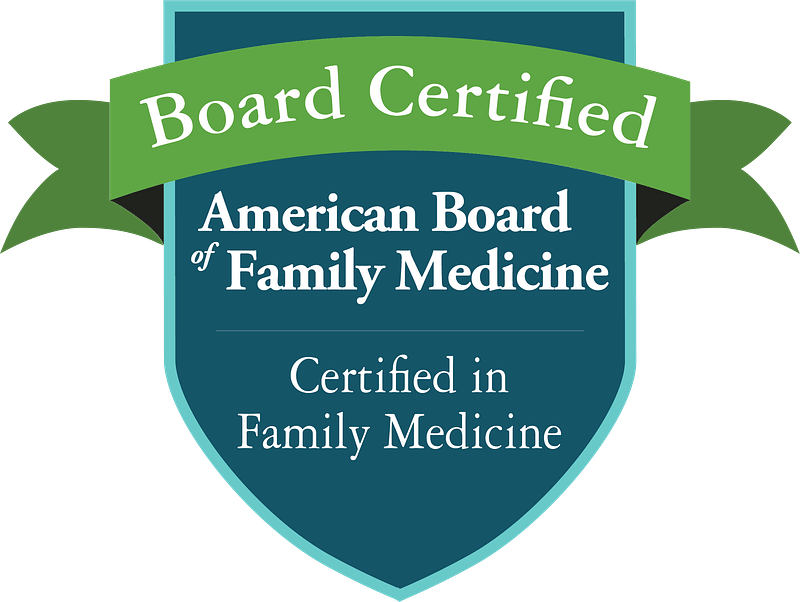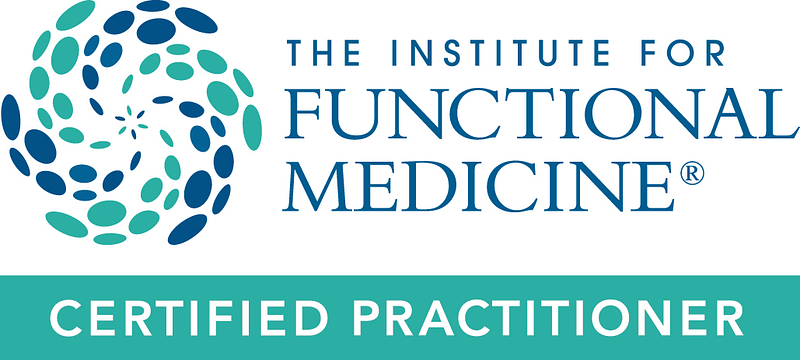Supplemental beneficial bacteria are called probiotics for their ability to support life, the opposite of antibiotics which are designed to kill bacteria. Unfortunately, antibiotics kill both harmful and beneficial bacteria.
Lactobacillus acidophilus is the most commonly supplemented species of the bacteria genus Lactobacillus. It is used to treat health problems, including traveler’s diarrhea and imbalances of healthy bacteria in the colon following antibiotic therapy.
Lactobacillus, as the name suggests, has the ability to ferment milk sugar, lactose, into sour byproducts. These include lactic acid and hydrogen peroxide, which make the intestines and stomach an undesirable environment for disease-causing bacteria, including H. Pylori, the bacteria that causes gastric ulcers.
L.bulgaricus is a Lactobacillus species that ferments milk into yogurt. Since it’s not a normal inhabitant of the colon, its benefits disappear quickly when a person stops eating yogurt.
L. plantarum ferments cabbage to give sauerkraut its sour taste. It is normally a beneficial inhabitant of a healthy colon, so its benefits can persist for a long time after you eat sauerkraut. Lactobacillus supplementation decreases the incidence of colon cancer, infectious diarrhea, and food allergies. It also lowers cholesterol levels, and activates the immune system to ward off infections. Bifidobacteria is the most common beneficial bacteria in the large bowel. Eating vegetable fiber, especially from asparagus, garlic, onion, and artichokes, favors the growth of Bifidobacteria.
Saccharomyces boulardii is related to baker’s yeast and is used to treat acute diarrhea caused by antibiotic use. Rarely, patients with mold allergy may react to it.
A lack of beneficial bacteria is diagnosed through a stool analysis. GSMC carries high quality Lactobacillus, Saccharomyces, and Bifidobacteria, all of which require refrigeration since they are living products.









